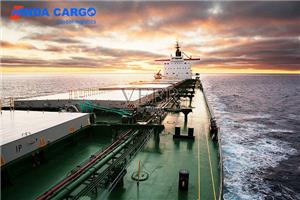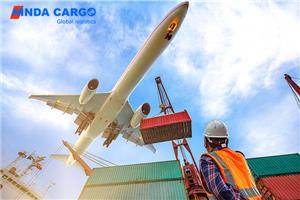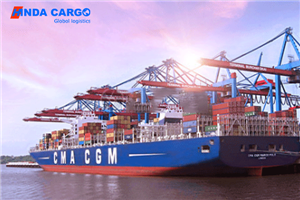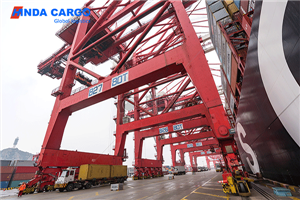What is the difference between cargo and freight?
Cargo and freight are two common terms in the logistics field, and although they are often mentioned together, they actually represent two different concepts. Cargo generally refers to items transported by different means in commercial trade, including sea transportation, air transportation, land transportation, etc. Freight pays more attention to the method and process of cargo transportation. This article will explore the differences between cargo and freight, and then delve into related topics in the logistics field, such as the different ways to freight and key issues in global supply chain management.
What is the difference between cargo and freight?
In the field of logistics, the terms "cargo" and "freight" have different definitions. Although they are both related to the transportation of items, there are significant differences between them. Cargo usually refers to items transported by various means in commercial trade, including sea transportation, air transportation, land transportation, etc. Freight mainly focuses on the transportation method and process of cargo, including the loading, transportation and unloading of cargo.
1. cargo:
Cargo usually refers to items transported by various means in commercial trade, including sea transportation, air transportation, land transportation, etc. The scope of cargo is very broad, covering various types of goods from small packages to large equipment.
2. freight:
Freight mainly focuses on the transportation method and process of cargo, including the loading, transportation and unloading of cargo. It also involves cargo logistics planning, route selection and cargo tracking. In addition, Freight also has direct contact with the financial aspects of cargo transportation, such as freight calculation and insurance.
Summary: Although cargo and freight are both related to the transportation of items, cargo focuses more on the items being transported, while freight focuses on the transportation process and related matters of the items.
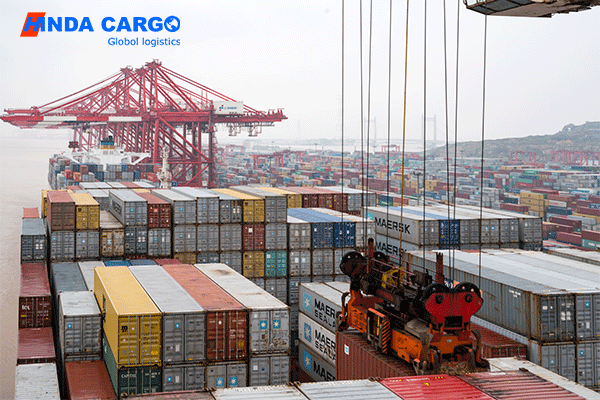
What are the different ways of freight?
Freight is the process of transporting cargo from one place to another, and it can be done in different ways. Each of these methods has advantages and disadvantages and is suitable for different types of cargo and transportation needs.
1. Land transportation:
Land transportation includes truck transportation and train transportation. Trucking is the most common land transportation method and is suitable for short distance or domestic transportation. Train transportation is suitable for long-distance and large-volume cargo transportation.
2. Shipping:
Ocean shipping is the most common method of international cargo transportation. Transporting cargo from one country to another by ship is suitable for large-volume, low-cost transportation.
3. Air freight:
Air freight is the fastest cargo transportation method and is suitable for time-critical cargo transportation, such as fresh food, medicines and electronic products. However, the cost of air freight is usually higher.
4. Multimodal transport:
Intermodal transport is a way to combine multiple modes of transportation, such as land, sea and air, to optimize transportation efficiency and cost. This approach is becoming increasingly popular in global supply chain management.

What are the key issues in global supply chain management?
Global supply chain management is a complex field that involves the entire cargo transportation and logistics process from supplier to consumer. It faces many critical issues that require professional management and planning.
1. Supply chain disruption:
Global supply chains are vulnerable to natural disasters, political unrest and emergencies, which can lead to supply chain disruptions. Therefore, companies need to develop contingency plans to deal with emergencies.
2. Logistics cost control:
Logistics costs are an important issue in global supply chain management. Businesses need to balance the cost and efficiency of transportation methods to ensure maximum cost-effectiveness.
3. Technological innovation:
Technological innovation plays a vital role in global supply chain management. For example, IoT and big data analytics can improve supply chain transparency and efficiency.
4. Sustainable development:
Sustainable development is an important trend in modern supply chain management. Businesses need to consider issues such as eco-friendly shipping and sustainable packaging to reduce their impact on the environment.
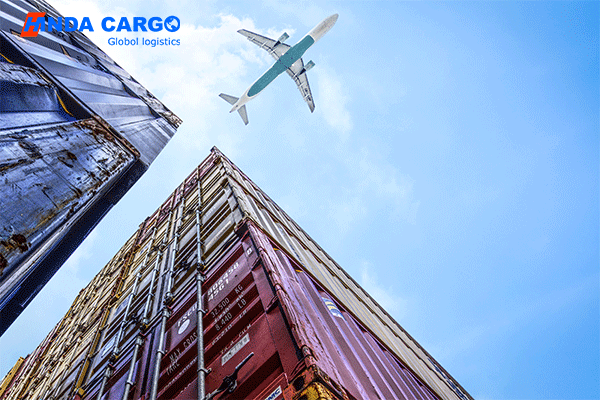
Summarize
Cargo and freight are two key concepts in the field of logistics, focusing respectively on the transportation and mode of transportation of items. By understanding the difference between cargo and freight, as well as key issues in global supply chain management, companies can better plan and manage logistics and improve efficiency and cost-effectiveness. In the face of the ever-changing global supply chain environment, innovation and flexibility will be the keys to business success.

